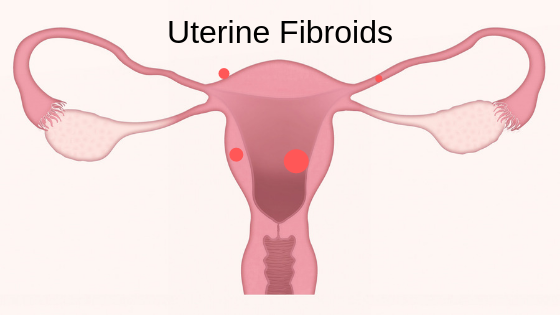Dr Joseph Ugbaja, a Consultant Obstetrician and Gynaecologist at the Nnamdi Azikiwe University Teaching Hospital (NAUTH) Nnewi, Anambra say the increased menstrual flow is one of the commonest symptoms of uterine fibroid among women.
Ugbaja, who spoke at a seminar on women health in Nnewi, also identified increased abdominal mass and consistent loss of a pregnancy as other indicators of a possible case of uterine fibroid.
The expert, who is the Chairman, Medical Advisory Committee (CMAC) of NAUTH, explained that leiomyomas (otherwise known as uterine fibroids) are benign growths of the smooth muscles of the uterus.
READ ALSO :COVID-19: 3,531 New Cases, 39 More Deaths Recorded In Bangladesh
According to him, the uterus is composed of three walls including the innermost layer termed the endometrium, which is the part shed every month in the form of menstruation.
“The middle muscular layer constitutes the bulk of the organ-myometrium as well as the outermost covering of the organ, called the serosa.
“The primary function of the uterus is to receive, house and nourish the developing baby (fetus) and to successfully give up the baby when the baby is mature through the processes of labour and delivery.
“In the absence of pregnancy, the prepared inner lining of the uterus is shed every month in the form of menstruation.
“A woman with uterine fibroids can also notice an abdominal mass, which gradually increases in size with some form of mass effect on the bladder and rectum, leading to some difficulties and issues with urination and defecation,’’ he said.
Ugbaja said that in most cases, fibroids are asymptomatic (i.e. no symptoms) and only discovered on routine ultrasound scan for other gynaecological problems.
He said that, although the cause or aetiological factors of fibroid is still unknown, what is known is that it results from dysregulation in cellular growth.
He said if a woman, who used to have a four-day menstrual flow, began noticing increased menstrual days with increased volume of flow which results to use of more sanitary pads, there was a possibility of fibroid.
“It is also known to be common among blacks and older women who have not or will not conceive.
“If a woman has a normal four-day menstrual duration and suddenly notices an increase in the number of days, as well as in the volume of menstrual flow as evidenced by the use of an increased number of pads, then uterine fibroids should be suspected.
“This finding may be associated with the passage of blood clots during menses and the feeling of faintness following each period.
“There may also be dysmenorrhea, which is commonly known as painful menstruation.
“Sometimes, the only manifestation of fibroids will be repeated pregnancy losses,’’ he said.
Ugbaja urged women, who noticed the identified symptoms, to seek expert advice and early checks for appropriate action.

